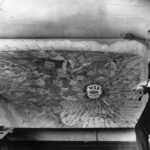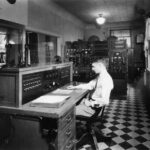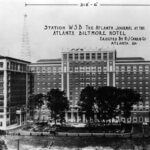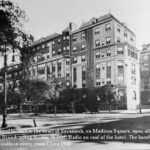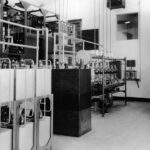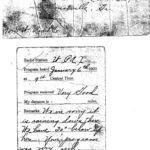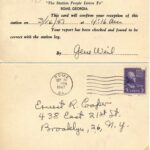1930s: Coming of Age
Radio increased in popularity in the early 1930s. More homes had radios, inspiring more companies to get into the radio game. Newspapers and Junior Chambers of Commerce often sponsored stations in the hopes of gaining advertising dollars and places to promote local businesses. Nineteen new stations were founded from 1933-1942, including WSAV (Savannah), WMOG (Brunswick), WGOV (Valdosta), WALB (Albany), WBML (Macon), and WGAC (Augusta), bringing the total number to 29 in the state. Spurred by this boom and the possibility of collective bargaining power against music licensing companies, W.T. Knight, E.K. Cargill, and Steve Cisler founded the Georgia Association of Broadcasters in 1935.
Even with the addition of new radio stations, the 1930s had far fewer stations on the air than we are used to today. This allowed “DX-ing,” or long-distance listening. Listeners reported tuning in to WSB from across the country and even across the Atlantic Ocean. In 1933, WSB was given permission to increase transmission power to 50,000 watts, the highest allowed by law, and in 1936 was given the “clear channel” exclusive frequency of 750AM. With these changes, WSB began reaching an even larger audience than before.
